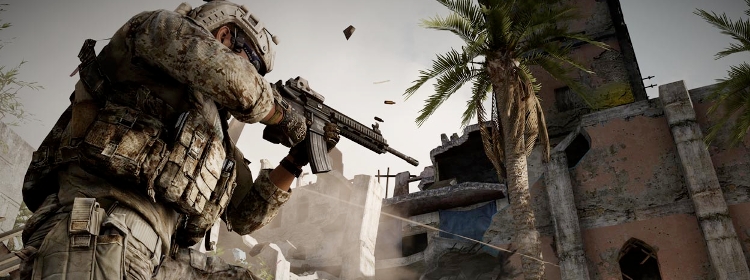Released on PC, Xbox 360 and PlayStation 3 in October 2010, Danger Close and EA's Medal of Honor reboot brought the franchise to modern-day Afghanistan after a dozen previous titles set during World War II. Having been a fan of entries including Medal of Honor: Airborne and Medal of Honor: Pacific Assault, I was excited to crack open the latest version and test its performance on enthusiast hardware.
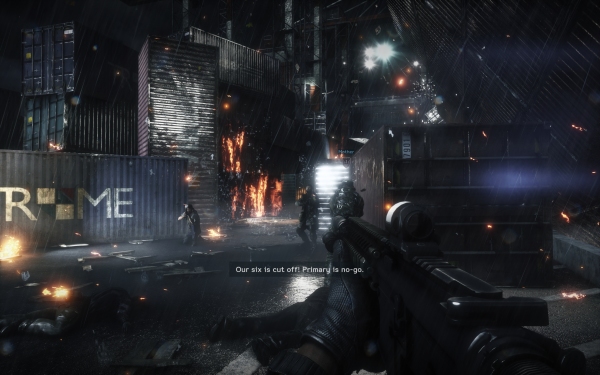
Although its graphics weren't groundbreaking, 2010's Medal of Honor looked decent while allowing low-end GPUs to provide playable performance using respectable quality settings. Looking at the old benchmarks I see that even then quad-core processors were a must, with dual-core chips giving half as much performance. Having grown accustomed to Modern Warfare-like titles, Medal of Honor's relatively tame GPU requirements weren't too shocking.
Interestingly, it seems Medal of Honor: Warfighter might buck that trend, as its recommended system specifications call for no less than a 3GHz quad-core processor paired with a GeForce GTX 560 or Radeon HD 6950. Given those upper-end requirements, we expect the title to be fairly demanding with its visuals maxed out, and we'll be putting a ton of past and present-gen cards through their paces.
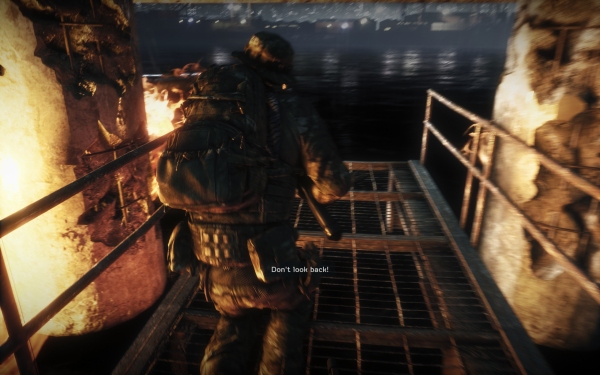
Before moving on, it's worth noting that unlike 2010's Medal of Honor which used separate engines for single player and multiplayer (Unreal Engine 3 and Frostbite), Warfighter uses DICE's Frostbite 2 engine – the same software that powers Battlefield 3. As such, EA's latest military shooter only supports DirectX 10 and 11 rendering modes on PC, which may partly explain the high-end hardware requirements.
We'll be testing 29 DirectX 11 graphics card configurations from AMD and Nvidia across all price ranges. The latest beta drivers were used for every card. We installed an Intel Core i7-3960X in our test bed to remove any CPU bottlenecks that could influence high-end GPU scores.
Shortly before Warfighter arrived, both AMD and Nvidia released pre-WHQL drivers that claimed to provide improved performance and stability in a number of games. AMD in particular noted several bug fixes, thus our decision to go with the latest beta drivers.
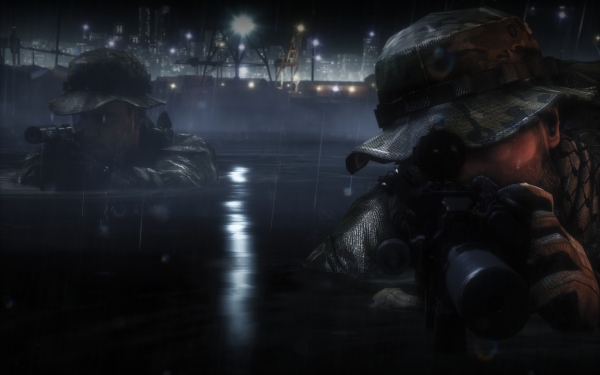
We used Fraps to measure frame rates during 90 seconds of gameplay footage from Medal of Honor Warfighter's first single player level, Unintended Consequences, which offers the following description: "A simple detonation of a small cargo container goes wrong, and sets in motion a race to stop a global terror network."
The test begins at the start of the mission which opens with a team of U.S. Navy SEALs composed of Mother, Preacher, and Voodoo who immerse themselves in water to be hidden before the player takes control.
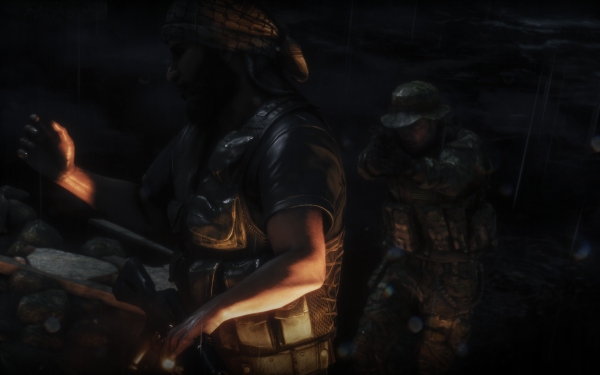
Mother and Preacher emerge from the water and the player must eliminate enemies guarding the port using suppressed weaponry before taking out another guard and plating a charge on a truck to sabotage a black market arms deal.
We tested Medal of Honor: Warfighter at three common desktop display resolutions: 1680x1050, 1920x1200 and 2560x1600, using the high and ultra-quality preset settings. Both presets were tested in the DirectX 11 mode with vsync disabled.
By default, the high quality preset turns antialiasing off while ambient occlusion is set to HBAO. Meanwhile, the ultra quality preset sets antialiasing to 4xMSAA while ambient occlusion is still set to HBAO.
